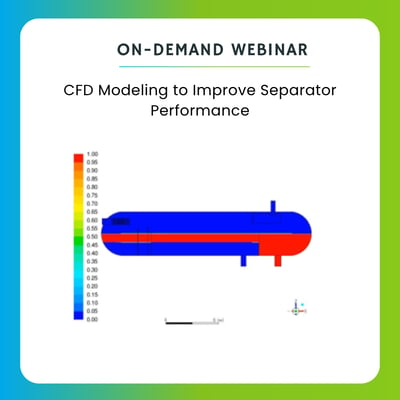Sand production remains one of the most persistent challenges in artificial lift operations, often leading to reduced Electric Submersible Pump (ESP) performance and premature equipment failure. This session will dive deep into the critical aspects of sand transport, including how tubing size and flow velocity impact sand behavior in the wellbore. Backed by experimental findings and OLGA modeling comparisons. OLGA has certain limitations in predicting sand transport behavior in vertical and inclined wells. It does not effectively capture the fallback phenomenon of sand particles. The modeling study was conducted within defined operational boundaries, such as specific flowrates, inclination angles, and sand particle sizes.
What You'll Learn?
- Sand Transport Challenges: Why sand production is a persistent issue and how it affects ESP reliability and well productivity.
- Critical Velocity Determination: How to identify and maintain minimum superficial liquid velocities to avoid sand deposition.
- Tubing Size Impact: Understand the influence of tubing diameter on sand transport efficiency.
- Experimental vs. OLGA Modeling: A comparative analysis of field-scale experiments and OLGA simulation results.
- Design Recommendations: Practical strategies to extend the life of ESPs and ensure uninterrupted production in high-sand environments.
Key Takeaways:
- Comprehensive understanding of the critical velocity’s role in effective sand transport
- Informed tubing size selection based on field and modeling insights
- Awareness of the constraints of OLGA modeling in complex, high-angle, sand-rich well scenarios
- Real-world validation of sand transport behavior through experimental evidence
Who Should Attend:
This webinar is designed for
- Production Engineers
- Flow Assurance Specialists
- Reservoir & Well Engineers
- R&D Teams
- Professionals working with ESP systems or sand-producing wells
Featured Presenter


Have a Question?
If you need assistance beyond what is provided above, please contact us.

.png?length=400&name=FEA%20Webinar%20(1).png)

